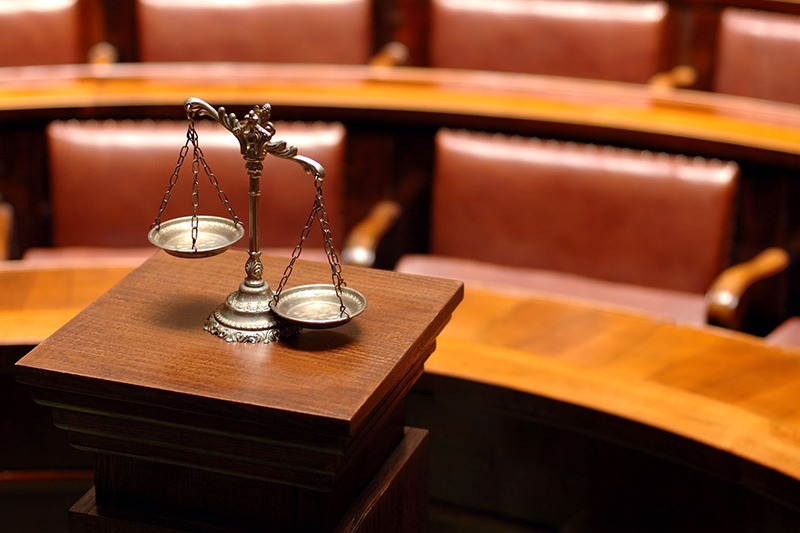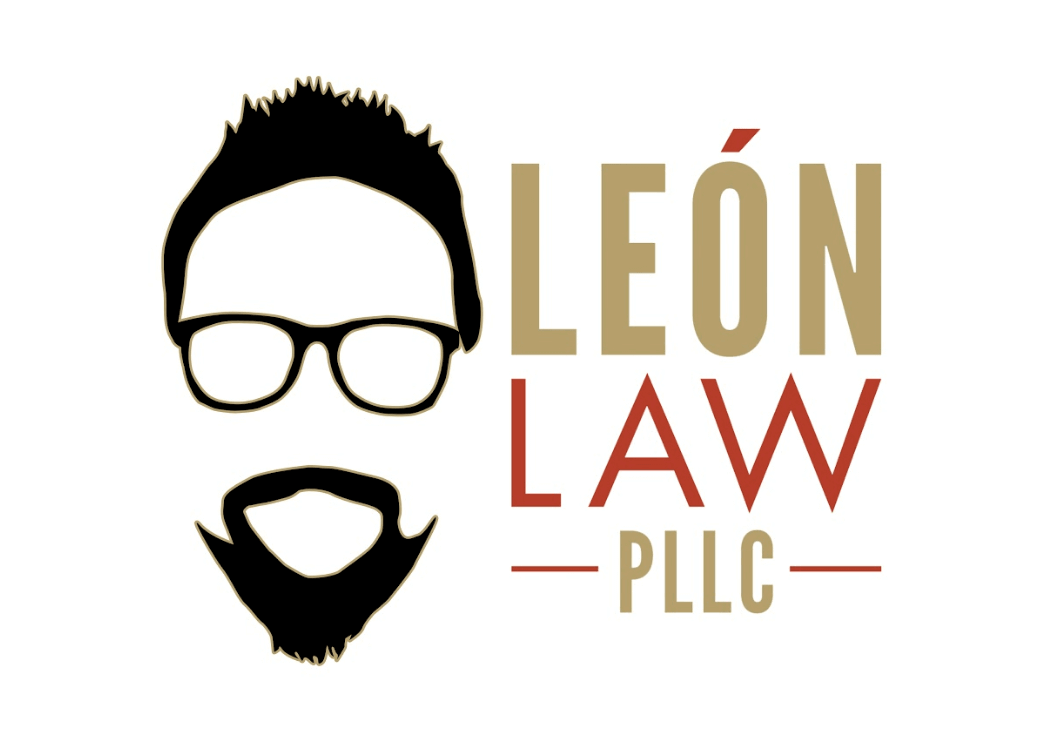
Do you think that you may have a personal injury claim? If you do, you may be worried about how long the process takes and what goes into receiving compensation for your injury. There is no exact set amount of time that a lawsuit should or does take to be resolved, however, many personal injury claims have a small window of time in which a claim may be presented. This is what is known as a statute of limitations, for more information on statute of limitations you can check out:
How long do I have to file a personal injury claim in Arizona?
Here are some general characteristics that you should be familiar with when it comes to the personal injury litigation process.
Receiving Medical Treatment
If you have been injured, immediately seek medical attention!
This is not only for your well-being, but for ensuring that you get the compensation you need to be whole again. Waiting to seek medical attention not only puts your own health in detriment, but can also call into question the severity of your injury and prevent full compensation.
If you are unsure about whether or not you should receive medical attention you can reference:
Should I seek medical attention right away?
Finding the Right Lawyer and Scheduling a Consultation
Doing your due diligence and finding a lawyer you can trust is half the battle. Knowing that your case is in good hands is crucial for your peace of mind while you or a loved one are recovering.
Not sure if the team at Leon Law is right for you? Contact us for a FREE consultation on your case at (480) 269-1083 or email info@leonlawpllc.com.
Claim Investigation and Medical Record Review
Upon hiring an attorney, you can expect an extensive review and investigation into:
- Police reports
- The accident scene
- Photographs
- Available video and/or audio
- Witness testimony
- Medical records and bills
- Employment history
- Any other necessary records and documents
Considerations, Demand Package, and Negotiating
Using the information gained from the “Claim Investigation and Medical Record Review” stage, a demand letter is sent to the opposing party that outlines your case. The letter includes statements of liability and damages, such as:
- Injuries
- Medical bills
- Lost wages
- Pain and suffering
- Future medical expenses
In response, the opposing party could either accept, counter, or reject the demand. Negotiations often times ensue with both parties working to reach a favorable outcome for their clients. Most personal injury claims will never see a courtroom, however, if both parties are unable to negotiate a settlement, then a lawsuit will typically be filed.
Filing a Lawsuit
If no consensus can be reached and a settlement is unattainable, then a lawsuit may be filed. It is not uncommon for 1-2 years to pass before a personal injury case can even get to the trial stage; a reason why settlement is the preferred route for many.
The Discovery Process
Leading up to a trial, both parties will look to obtain further information and evidence in order to give themselves a leg up over the opposition. Weakness in either sides, claims, and defenses are additionally scrutinized.
Mediation and Negotiation
At the end of the discovery stage, a settlement may again try to be reached. Mediation is another tool that can be used to reach a settlement. Mediation is when an impartial third party listens to both opposing sides and offers their own opinions and expertise on how an agreement may be reached.
Trial
If all else fails, the case can go to trial where a judge and jury will evaluate the facts. Fault will be determined and compensation for damages may be awarded. Trials themselves can last a day, a week, or even longer.
Appeal
Even when the trial comes to an end, the losing party may appeal the decision to an appellate court, which would only stand to extend the duration of the litigation process. Essentially, an appeal is a disagreement with the outcome of a trial. The facts of the case are sent to another court to be reviewed and to determine if another trial is necessary.



